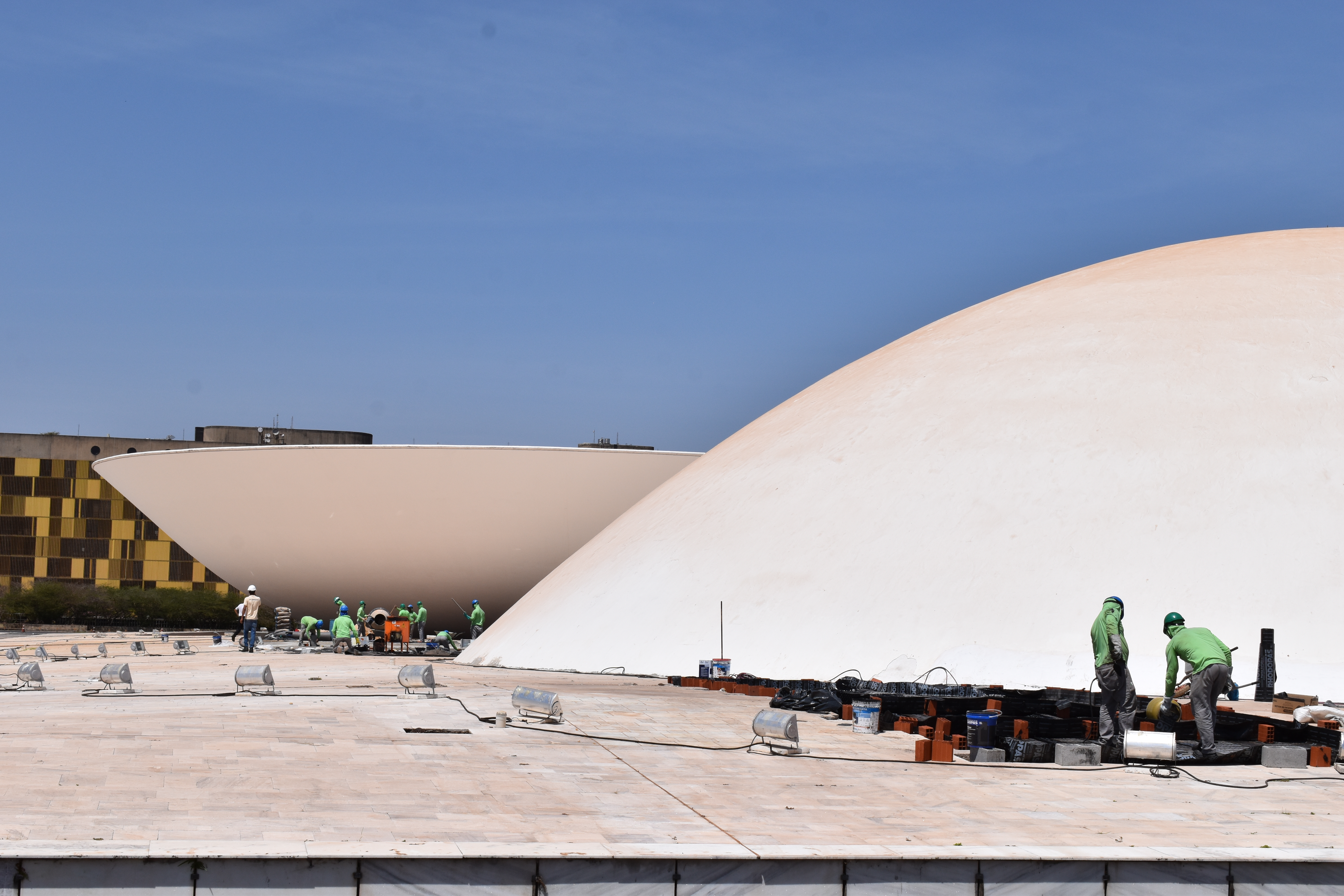After they left: Dealing with Modernism Today
Contributor
Commitment
Photographs played a critical role in shaping the utopian image of Modernism — embracing the aesthetic of bold geometry standing alone in contrast to the context in which it sits. This photo-essay however attempts to shift the lens - from the buildings to the people taking care of these buildings.

It has been half a century or more since these buildings were constructed with the authorial ambition of creating an ‘icon’. However, they are aging today, both physically in terms of their corroding structures and ideologically of the socio-cultural movement they once represented.

Maintaining them needs to be driven with the goal of not preserving them as just design objects but in recognition of the work of the numerous people who were involved in shaping them. We need to break the barrier between the creators of the buildings and their custodians, and celebrate acts of repair as a form of care and design in themselves.
Modernizing Modernism
Photoessay on Brasilia
Modernism was a movement built on the belief of looking ahead towards a utopian future and ignoring the troublesome past. To conserve such buildings thus sounds almost antithetical to the very ethos of modernism.
And yet, it has been half a century or more since these buildings have been made and they are clearly aging today—both physically in terms of their corroding structure and ideologically of the socio-cultural movement they once represented.
The context that these buildings were designed in and the one that they operate in today has changed drastically. With the onset of the climate crisis and the cultural associations built over time into a larger collective memory, these spaces need to be prevented from getting demolished. This requires their continuous maintenance and repair—acts which often go under recognized and unnoticed.
Photographs played a critical role in shaping this utopian image of Modernism as these spaces were often documented to present them as iconic heroes—embracing the aesthetic of bold geometry standing in clear contrast to the context in which it sits. This photoessay however attempts to rethink this approach by shifting the lens from the buildings to the people taking care of these buildings.
Rather than be driven by the authorial ambition of creating an ‘original’ icon, architects need to shift their lenses towards re-imagining the building as a continuous process driven by collaboration. We need to break the barrier between the creators of the buildings and their custodians, and celebrate acts of repair as a form of care and design in themselves.